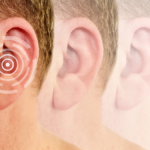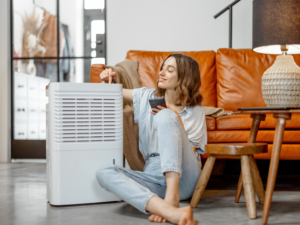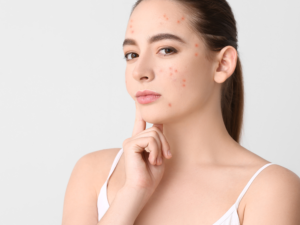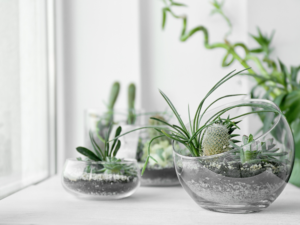Does a dehumidifier help with allergies? Dealing with allergies is no easy task.
The constant runny nose, stuffy nasal passages, watery eyes, and itchy skin can be quite distressing.
Well, get ready to dive right into the answer and discover the secret to finding relief!
Disclaimer: This article provides general information about the role of dehumidifiers in potentially alleviating allergies and improving indoor air quality. It does not offer professional medical advice and should not be used as a substitute for advice from a healthcare professional. If you suffer from severe allergies or other health conditions, please consult a medical professional before making changes to your environment or health regimen. Individual results may vary, and the effectiveness of dehumidifiers can depend on a variety of factors, including the severity of symptoms, the specific allergens involved, and the overall indoor environment.
Does a Dehumidifier Help with Allergies?
Yes, a dehumidifier can help with allergies.
Allergens such as dust mites, mold, and mildew thrive in humid environments (excess moisture).
By reducing the level of humidity in your home, a dehumidifier creates conditions less favorable for these allergens, potentially providing relief from allergy symptoms.
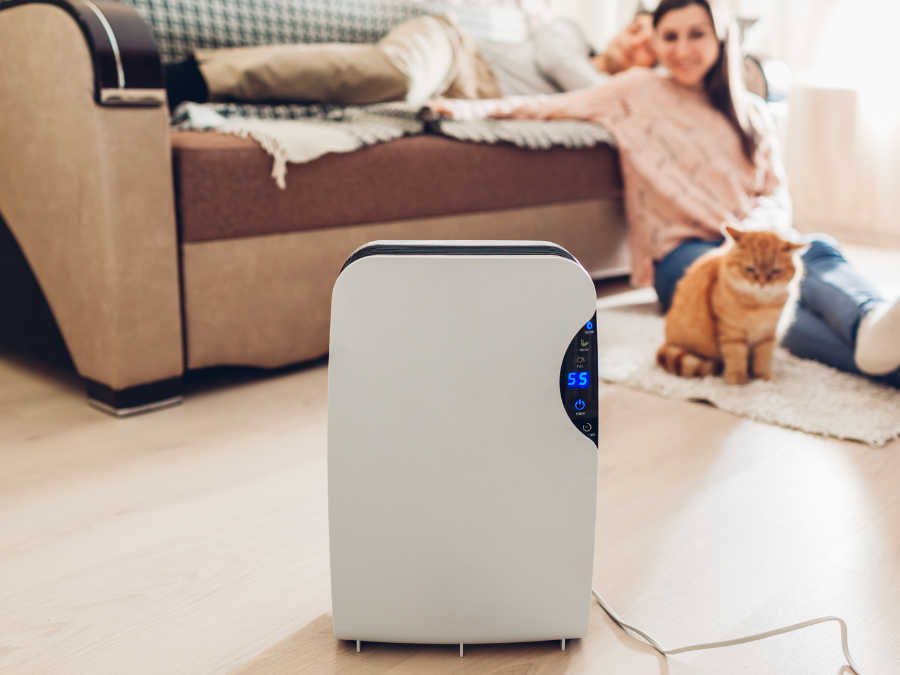
However, it’s important to remember that a dehumidifier is not a cure-all solution.
It should be used in conjunction with other allergy management strategies, such as regular cleaning and the use of air purifiers.
Also, the effectiveness of dehumidifiers may vary based on the specific allergen causing the reaction and the severity of the symptoms.
What is a dust mite? How does it relate to humidity?
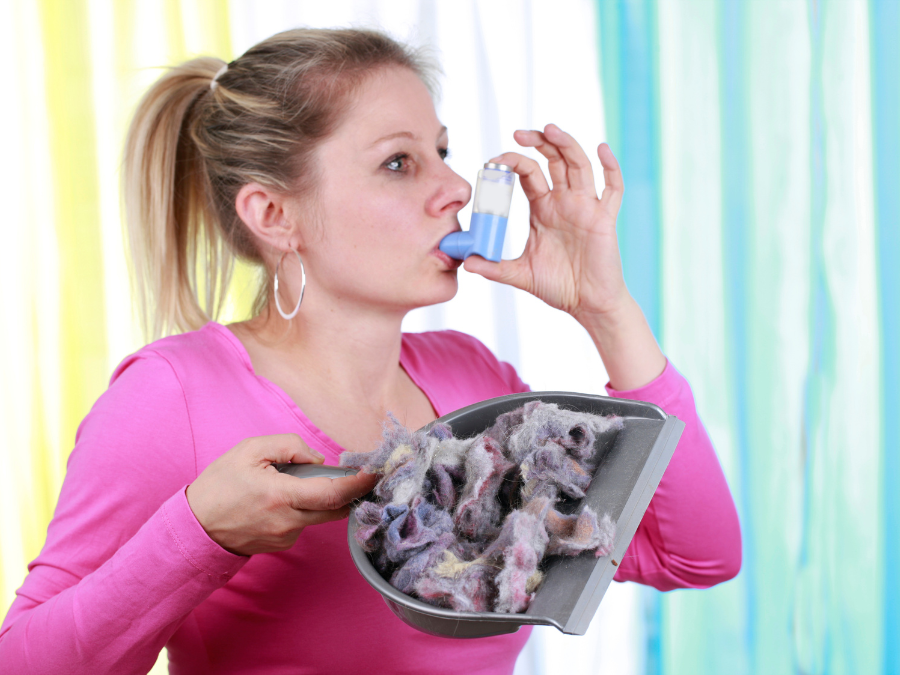
Your home might have a dust mite problem, a common cause of allergies.
Are you constantly having allergic reactions like sneezing, wheezing, or rubbing your itchy eyes?
Then maybe, you need to check the humidity levels in your home.
Dust mites thrive in humid environments and can cause severe allergies, especially for people with asthma symptoms.
High humidity levels also promote the growth of mold, another allergen that can trigger respiratory issues and skin irritations.
Allergens such as pet dander, pollen, and dust particles also tend to linger in moist air, making it difficult
If you have allergies, explore our tips and tricks for improving your quality of life with allergy-related posts!
Dealing with Dust Mites: Does a Dehumidifier Help with Allergy Relief?
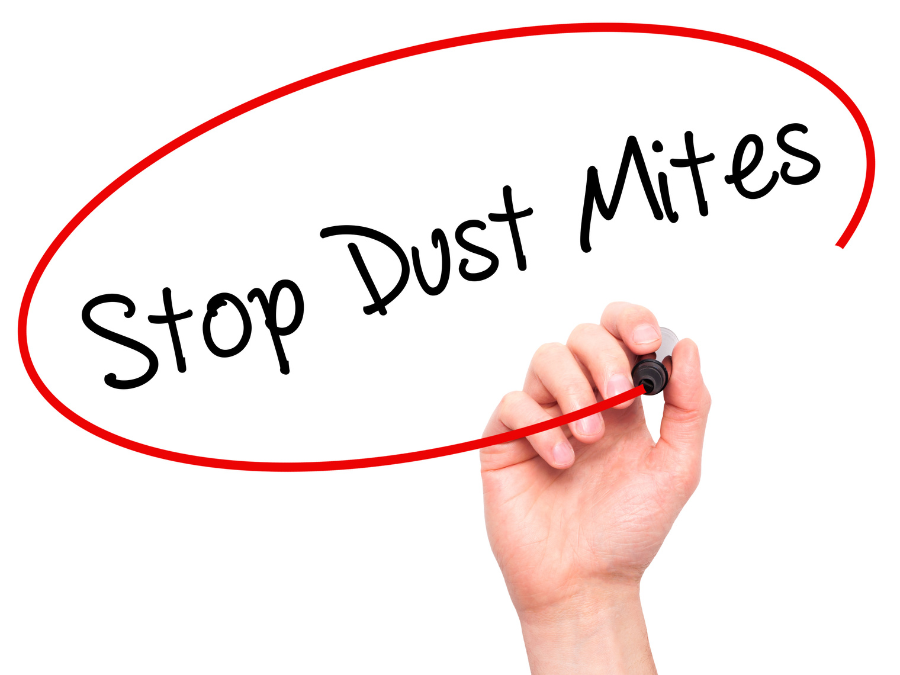
Do you experience any allergic reactions at home, such as sneezing, wheezing, or itching eyes?
If so, our home may have a dust mite problem, which is a common cause of allergies.
Fortunately, the humble dehumidifier could be your solution for allergy relief.
What is a Dehumidifier and Why Do You Need One?
A dehumidifier is a device designed to reduce the moisture levels in your indoor environment.
Often found in damp conditions such as basements, these tools help combat high humidity levels that may be the breeding ground for allergens like dust mites and mold growth.
Dehumidifier vs Air Purifier vs. Air Conditioners
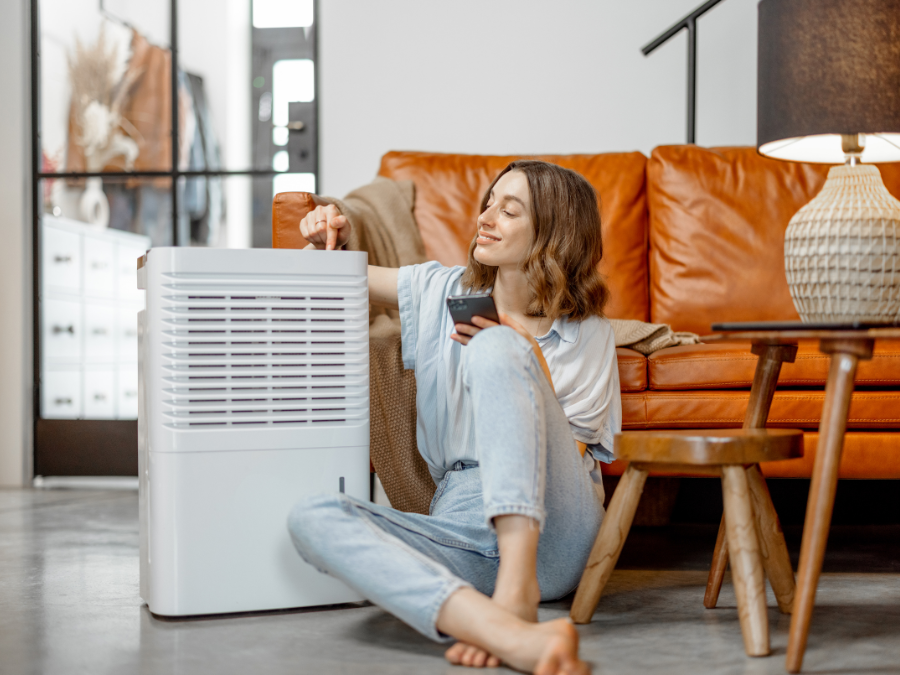
Dehumidifiers, air purifiers, and air conditioners play distinct roles in maintaining indoor air quality.
| Devices | Design Purpose | How Does it Work? |
|---|---|---|
| Dehumidifiers | To reduce humidity levels | Draws in humid air and then releases dry air. It reduces the moisture content in the air. |
| Air purifiers | To remove pollutants and allergens from the air | Draws in air from the surrounding environment and passes it through a series of filters. These filters are designed to catch and trap particles such as dust, pollen, pet dander, and other allergens. |
| Air conditioners | To cool down the air | Uses a refrigeration cycle to cool the air. The cooled air is then circulated back into the room, providing a cool environment. |
Dehumidifiers are designed to reduce humidity levels, preventing the growth of mold and mildew.
They are particularly useful in areas with high humidity, such as basements or bathrooms.
Air purifiers, on the other hand, are designed to remove pollutants and allergens from the air with an air filter.
They capture dust, pet dander, pollen, and other harmful particles, improving the overall air quality.
Air conditioners, while often associated with cooling, also help in dehumidifying the air.
By removing moisture from the air, they create a more comfortable environment during hot and humid weather.
In summary, dehumidifiers are focused on reducing humidity, air purifiers on removing pollutants, and air conditioners on cooling and dehumidifying.
The choice between them depends on your specific needs and the indoor environment you want to create.
The ideal scenario is to use a dehumidifier and an air purifier together, but it’s also acceptable to use a humidifier as long as you clean your home more frequently.
How Do Dehumidifiers Work?
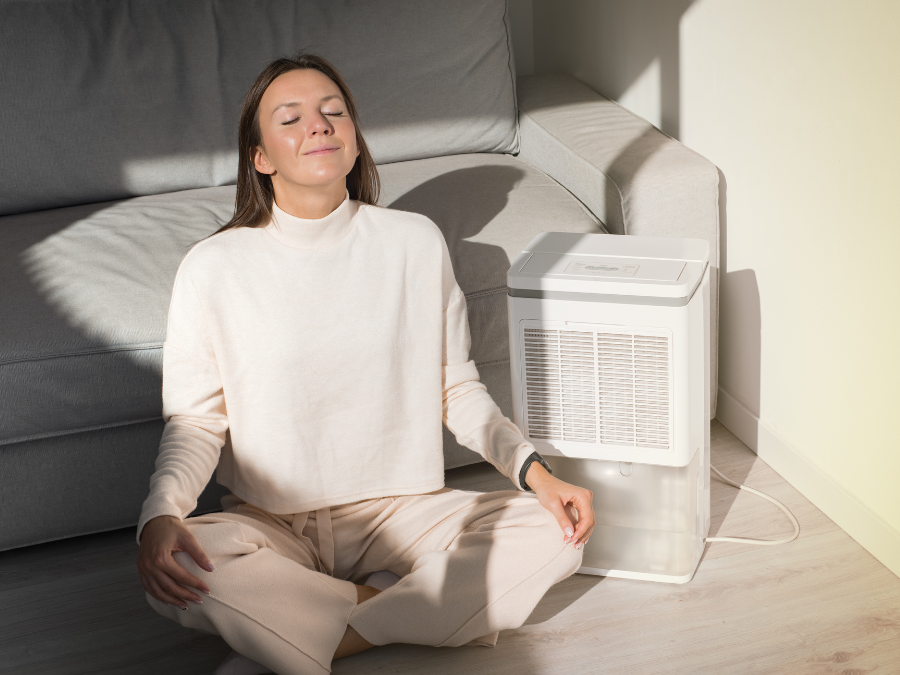
Dehumidifiers work in different ways, but the principle remains the same.
They draw in humid air, extract the water droplets, and release dry air.
These tools range from desiccant dehumidifiers, which use a moisture-absorbing material, to compressor dehumidifiers that use a refrigerated coil to condense and collect water vapor.
The Role of Dehumidifiers in Allergy Relief
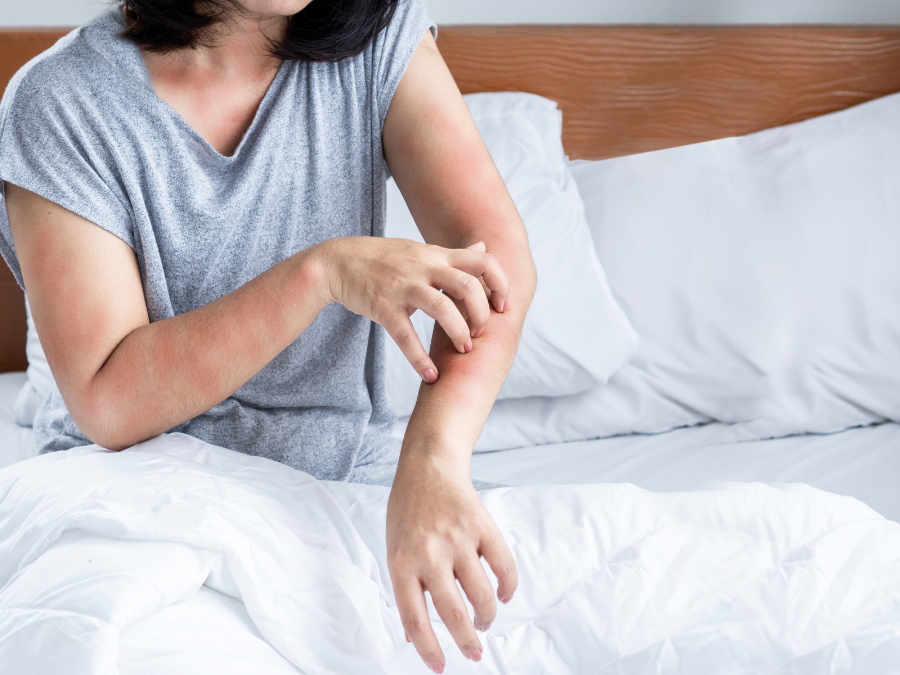
When it comes to allergy symptoms like stuffy nose and itchy eyes, a dehumidifier can help by improving the quality of your indoor air.
Lower humidity levels make it tough for dust mites and mold spores to thrive, thus reducing your exposure to these allergens.
Optimal Humidity Level for Your Home
The best way to prevent the growth of allergens is to maintain the right dehumidifier settings.
Experts advise keeping your indoor humidity at around 40-50%.
This level is unfavorable for dust mites and mold, yet comfortable for humans.
The Impact of a Dehumidifier on Dust Mites
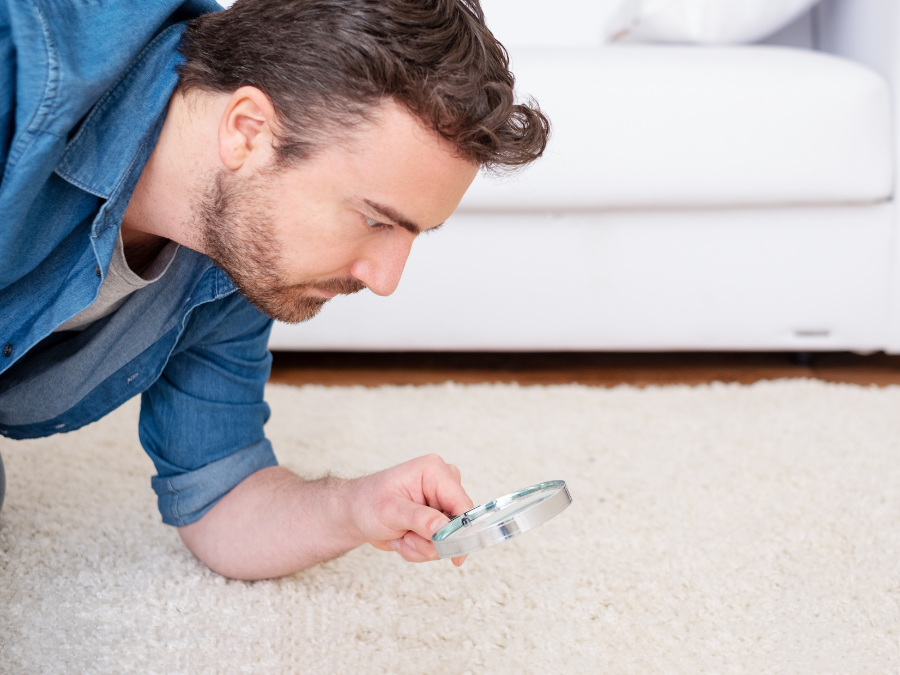
Dust mites thrive in humid environments where there’s an excess of moisture.
By maintaining an optimal humidity level, a dehumidifier essentially creates an inhospitable environment for these critters.
The Life Cycle of Dust Mites
Dust mites live off dead skin cells and flourish in warm, moist conditions.
High humidity levels accelerate their life cycle, leading to a quick build-up of dust mites in your home.
Dehumidifiers and Dust Mite Control
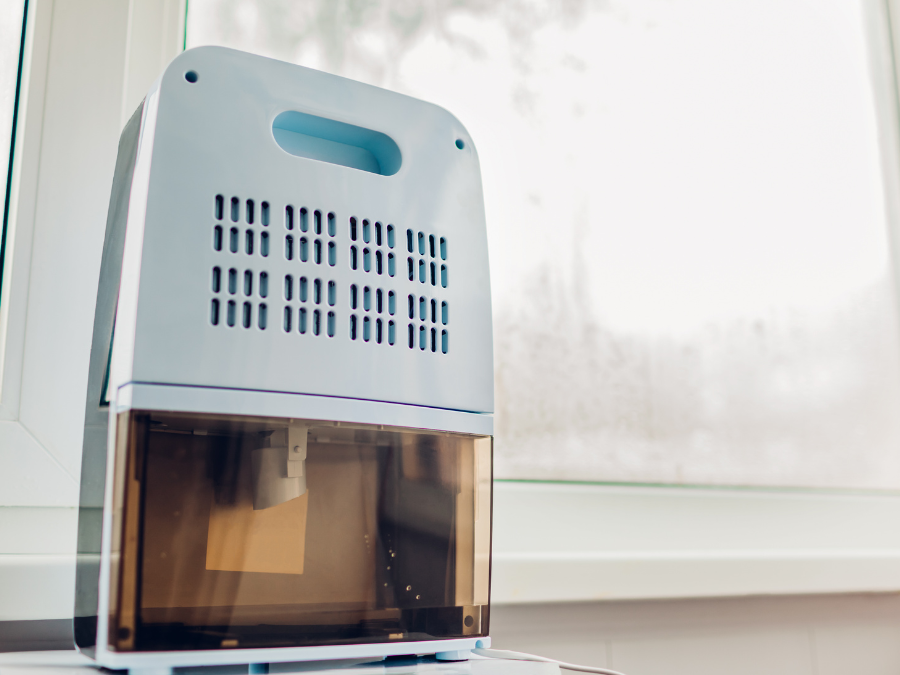
Using a dehumidifier is an effective way to control dust mites.
By reducing the humidity level, you’re cutting off their water source, which they absorb through the air.
With less moisture available, their reproduction and survival rates drop.
Picking the Right Dehumidifier
Dehumidifiers come in various shapes and sizes, suitable for small rooms to large spaces.
Choosing the right one depends on the size of your room and the severity of your allergy symptoms.
HEPA filter-equipped dehumidifiers, for instance, can trap tiny airborne particles, including dust mites, providing additional relief for allergy sufferers.
Frequently Asked Questions
Can Dehumidifiers Help with Other Allergies?
Absolutely. Dehumidifiers can help alleviate symptoms related to other indoor allergens, including mold and pet dander. By maintaining a drier air environment, these allergens find it hard to thrive.
Are Dehumidifiers Safe to Use Continuously?
Yes, but it’s crucial to monitor your indoor humidity level. Overuse of a dehumidifier could lead to excessively dry air, causing dry skin and throat.
How Often Should I Clean My Dehumidifier?
For optimal performance and to prevent mold growth, it’s recommended to clean your dehumidifier every few weeks.
Wrapping Up
Investing in a good dehumidifier may be one of the best decisions you make for your home and health.
Not only does it help keep dust mites and other allergens at bay, but it also improves the overall indoor air quality.
Remember, the key to successful dust mite control is maintaining the right dehumidifier settings.
With that in hand, you’re well on your way to a sneeze-free home!




